Written by Claire Menard, Macalester College
During our trip to the Hmong Freedom Library, I became interested in a Japanese children’s book called ”Saru to Tora” (”The Monkey and The Tiger”). The book is clearly for (Japanese-speaking) children due to its strong use of images, lack of Kanji (complex Chinese characters), and simple sentence structure. It is a hardback book, about 8x11 inches. The book was published by Fukuinkan Shoten Publishers in Tokyo on October 1, 2001. Saru to Tora tells a Hmong folk tale, and was translated from Hmong to Japanese.
According to the back of the book, the author Yang Xang is a Hmong refugee who grew up in a camp. He began helping out at a local library, which sparked his interest in writing. At the library, he met Kiyoko Yasui, the book’s translator. Yasui heard Xang’s story, and thought it would made a wonderful children’s book. The artist, Doua Lee, is Hmong and Xang’s best friend. What is interesting about the art in this book is it is not drawn or painted – it is embroidered. Every image was hand-embroidered by Lee, then photographed for the book. The embroideries coincide with the adventures of the monkey and tiger, showing where they go and who they meet.
One thing I would love to know about this object is the full story – I did not have enough time at the Freedom Library to translate every page. I only translated bits and pieces (discussed below), which weren’t enough for me to fully comprehend the story’s succession.
What this object can tell us about the past is shown both in the embroidery and writing – Embroidery is a commonly practiced Hmong art (as seen with the Story Cloths) and this story is a Hmong folk tale, likely passed down for generations. Using this story, we can see key aspects of Hmong art and storytelling, and how the two coincide.
This book is similar to the other objects people are studying in that they both utilize the medium of embroidery to aid in telling a story. In addition, most other students looked at sources in Asian languages (predominantly Southeastern Asia), or in no language at all. This source differs because it is in Japanese, tells a folk tale, and is aimed at children.
While I did not have time to translate the whole book, I looked at several pages from the beginning, middle, and end to piece together what I could. In terms of temporality, the story appears to be linear, with each page and its accompanying embroidery depicting the monkey and tiger performing a different action (such as moving to a new setting, meeting new animals, etc). The story has a clear beginning and end. The beginning of the story starts out with the monkey approaching the tiger and asking it to follow him on a journey to find some food. The tiger happily agrees, following the monkey. (「トラさん、おもしろいたいこをたたきに行きませんか?」, roughly “Tiger, won’t you come find some interesting food?”). During the middle of the story, the monkey and tiger wander around the jungle, finding and talking to new animals. Some of these animals aid them on their journey, pointing them in the direction of good food, while others run, afraid the tiger will eat them. The story ends with the monkey running away from the tiger (「そこで、サルはとっととににげていきましたとさ」, literally “Then, the money quickly ran away”). I am not sure why, as I couldn’t translate the events leading up to the end.
This story mirrors the some of the storytelling methods we have discussed in class. This story was originally a folk tale, passed down as an oral tradition. The story was written down and translated, similar to how some believe The Odyssey was made – there is no single author and, as time goes on, The Odyssey was translated to dozens of languages, often causing controversies about the accuracy and quality of certain translations. I am skeptical to believe this Japanese version tells the story exactly how it is told in Hmong, as certain cultural elements can be lost in translation.
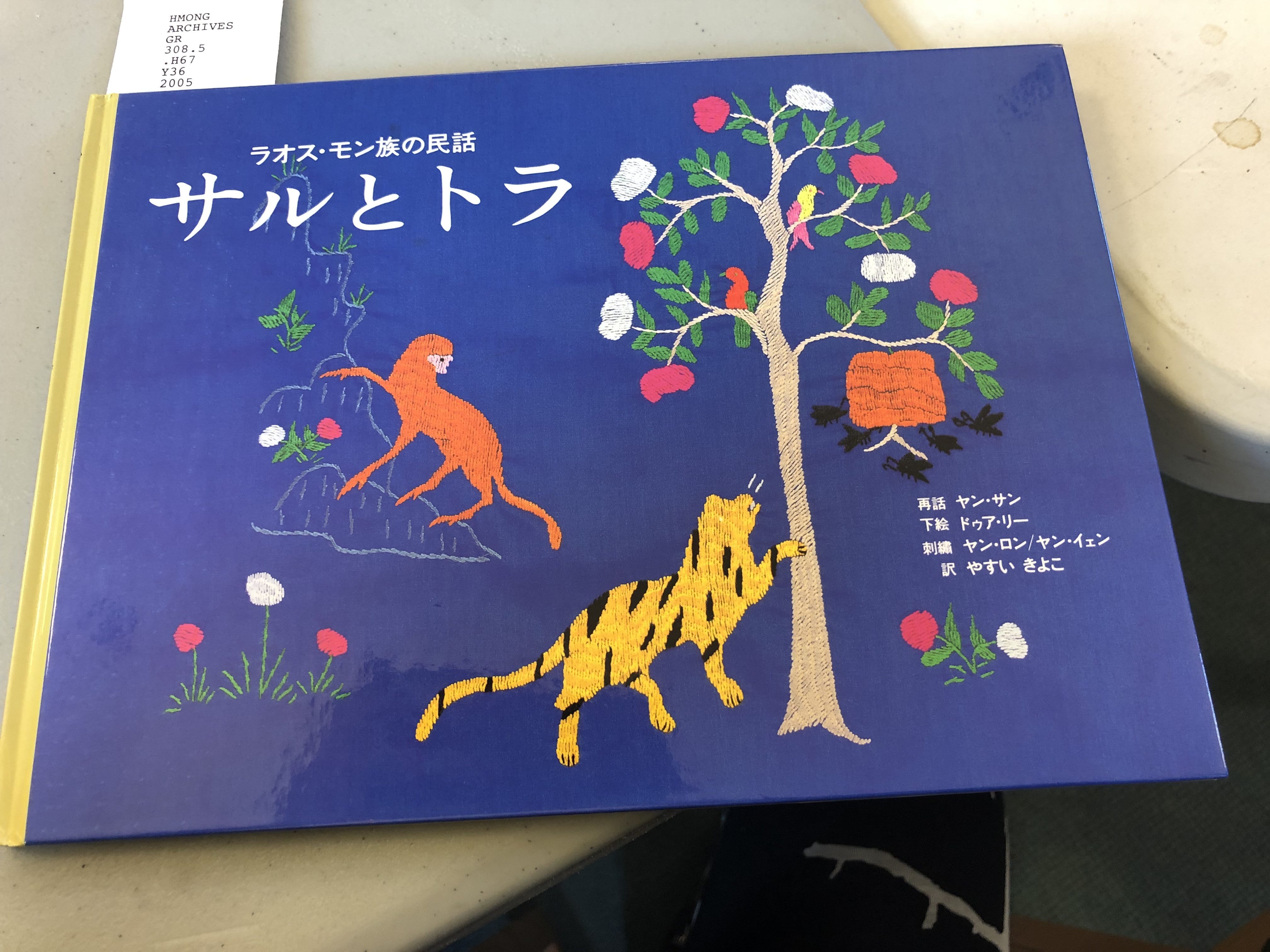
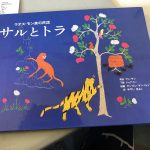
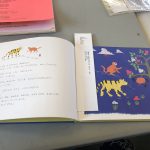
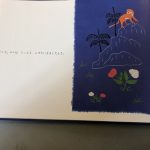
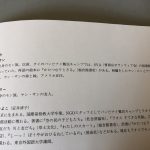
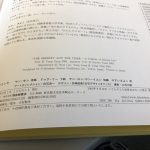
You must be logged in to post a comment.